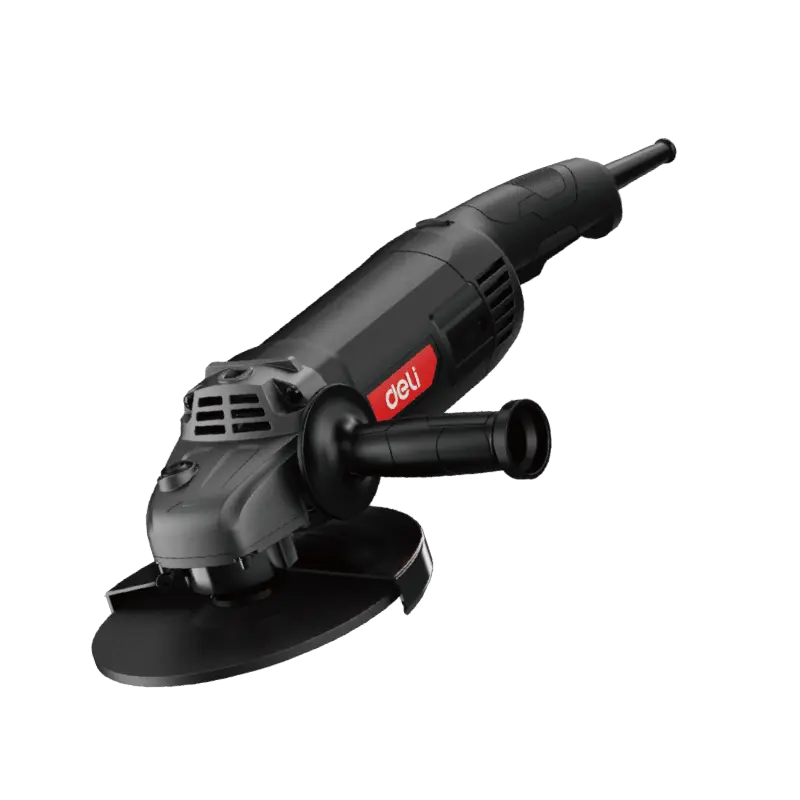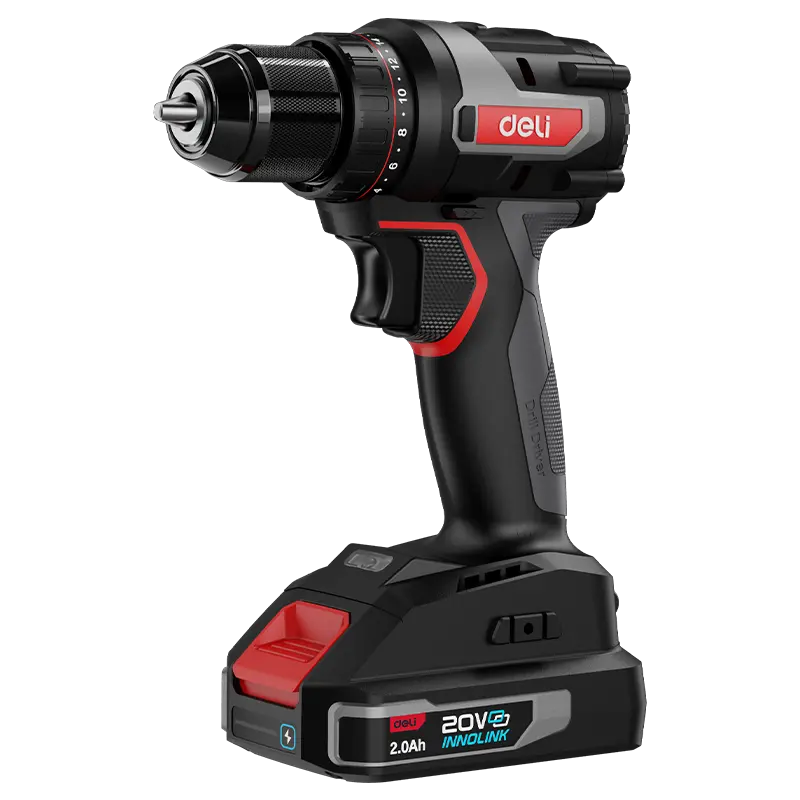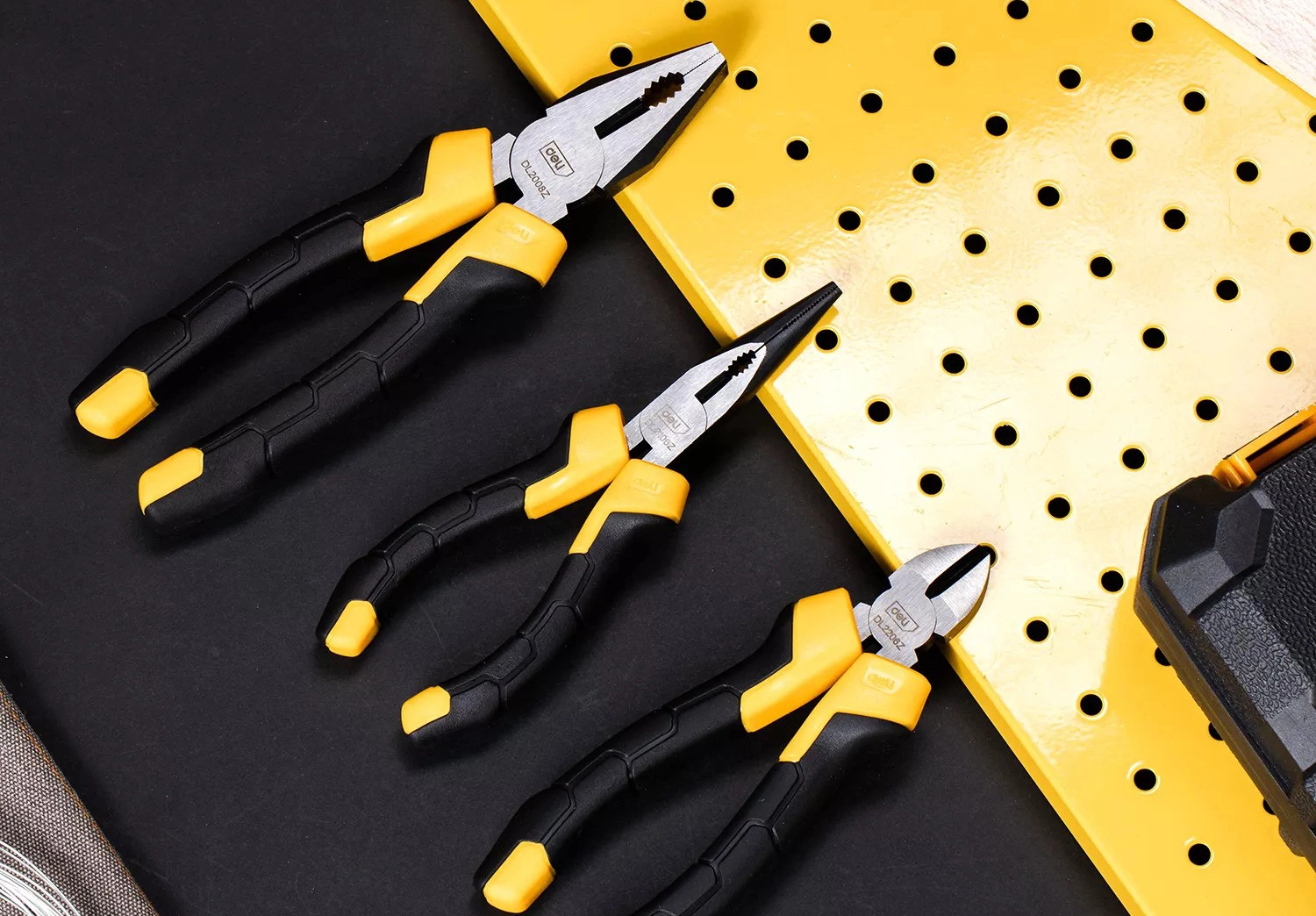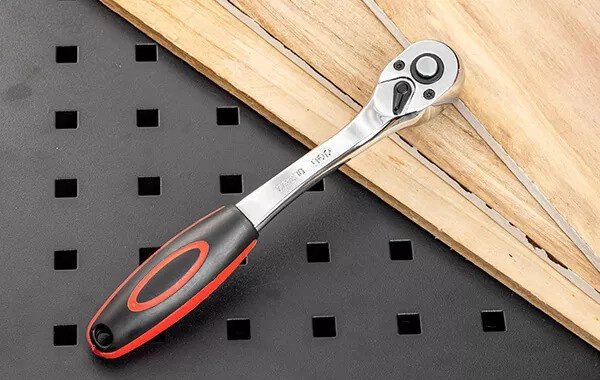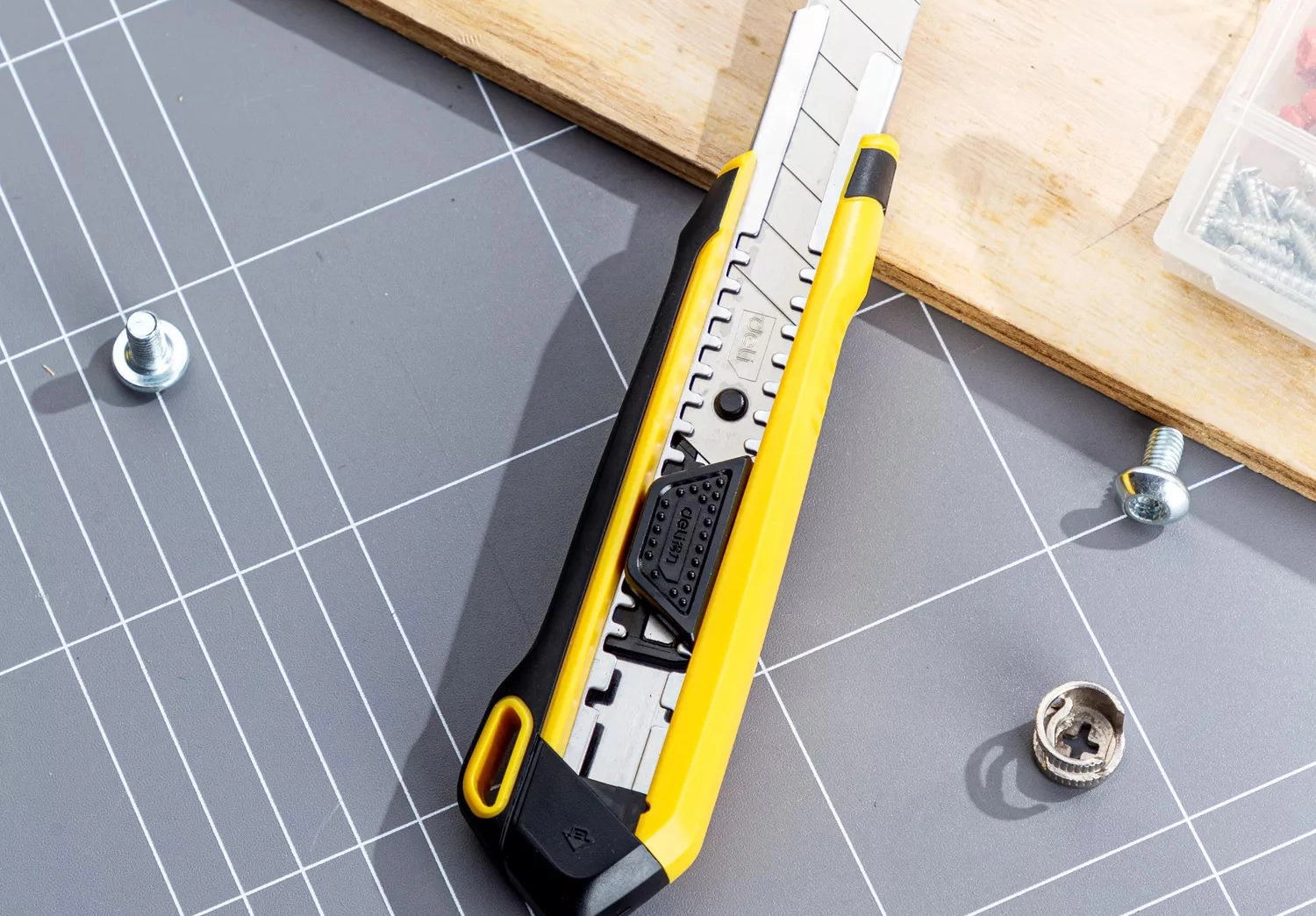A Bench Vice is an essential tool in any workshop or garage. It is used to firmly hold a workpiece in place during cutting, drilling, filing, or any other operation that requires stability. In this article, we will explore the various types of Bench Vices available, how to choose the right one for your needs, and how to maintain it for optimal performance.
Table of Contents
1. What is a Bench Vice?
2. Types of Bench Vices
3. How to Choose the Right Bench Vice
4. Conclusion
What is a Bench Vice?
A Bench Vice, also known as a bench vise or a mechanic's vice, is a mechanical tool designed to hold a workpiece in place while it is being worked on. It consists of two jaws, one fixed and one movable, that are tightened together by a threaded screw or lever to clamp the workpiece firmly in place. Bench Vices are usually mounted on a workbench or a table, hence the name Bench Vice.
Types of Bench Vices
There are several types of Bench Vices available, each designed for specific purposes. Here are the most common types of Bench Vices:
Fixed Base Vices
Fixed base vices are the most basic type of Bench Vices. They are mounted on a workbench or a table and have a fixed base that cannot be rotated. The jaws of a fixed base vice are also fixed and cannot be rotated. These vices are ideal for general-purpose work, such as woodworking, metalworking, and electronics.
Swivel Base Vices
Swivel base vices, also known as rotating base vices, have a base that can be rotated 360 degrees. This allows the user to position the workpiece at any angle for easy access. The jaws of a swivel base vice can also be rotated to grip irregularly shaped objects. Swivel base vices are ideal for metalworking, welding, and other heavy-duty applications.
Pipe Vices
Pipe vices, also known as plumber's vices, are designed to hold pipes and other cylindrical objects. They have specially designed jaws that are shaped to grip pipes without damaging them. Pipe vices can be mounted on a workbench or a tripod stand and are ideal for plumbing, welding, and other pipe-related tasks.
Woodworking Vices
Woodworking vices, also known as woodworker's vices, are designed specifically for woodworking. They have jaws that are made of wood or rubber to prevent damage to delicate woodwork. Woodworking vices are usually mounted on the front of a workbench and are ideal for holding wood pieces during cutting, drilling, or sanding. Learn more about other marble cutter for wood.
How to Choose the Right Bench Vice
Choosing the right Bench Vice depends on several factors, including the type of work you will be doing and the size of the workpiece. Here are the main factors to consider when choosing a Bench Vice:
Jaw Width
The jaw width of a Bench Vice refers to the distance between the two jaws when they are fully closed. The wider the jaw, the larger the workpiece it can hold. For general-purpose work, a jaw width of 4to 6 inches is sufficient, but for larger workpieces, a wider jaw width may be necessary.
Jaw Opening
The jaw opening refers to the maximum distance between the two jaws when they are fully open. This determines the maximum size of the workpiece that can be held in the vice. Make sure to choose a Bench Vice with a jaw opening that is at least equal to the width of the largest workpiece you will be working on.
Throat Depth
The throat depth of a Bench Vice refers to the distance between the front of the jaws and the back of the vice. A deeper throat depth allows for longer workpieces to be held in the vice. However, a deeper throat depth may also reduce the maximum clamping force of the vice, so make sure to choose a Bench Vice with a throat depth that is appropriate for your needs.
Conclusion
A Bench Vice from Deli Tools Global is an indispensable tool for any workshop or garage. By choosing the right type of Bench Vice, installing it correctly, and maintaining it properly, you can ensure it will provide reliable performance for years to come.



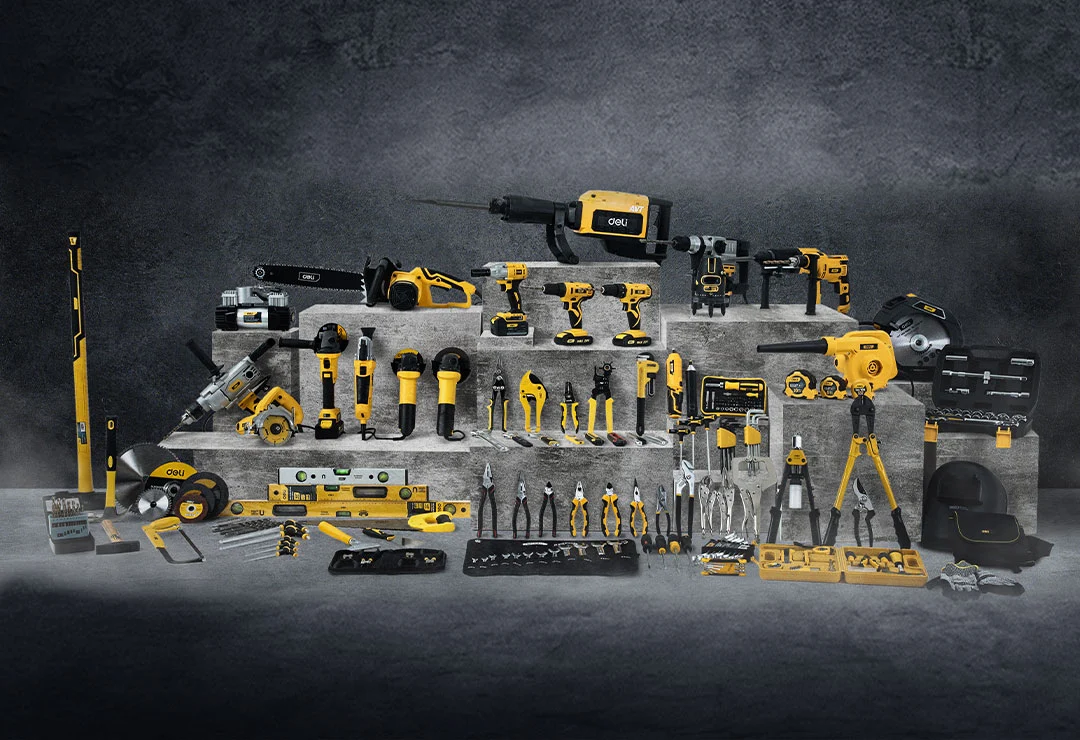
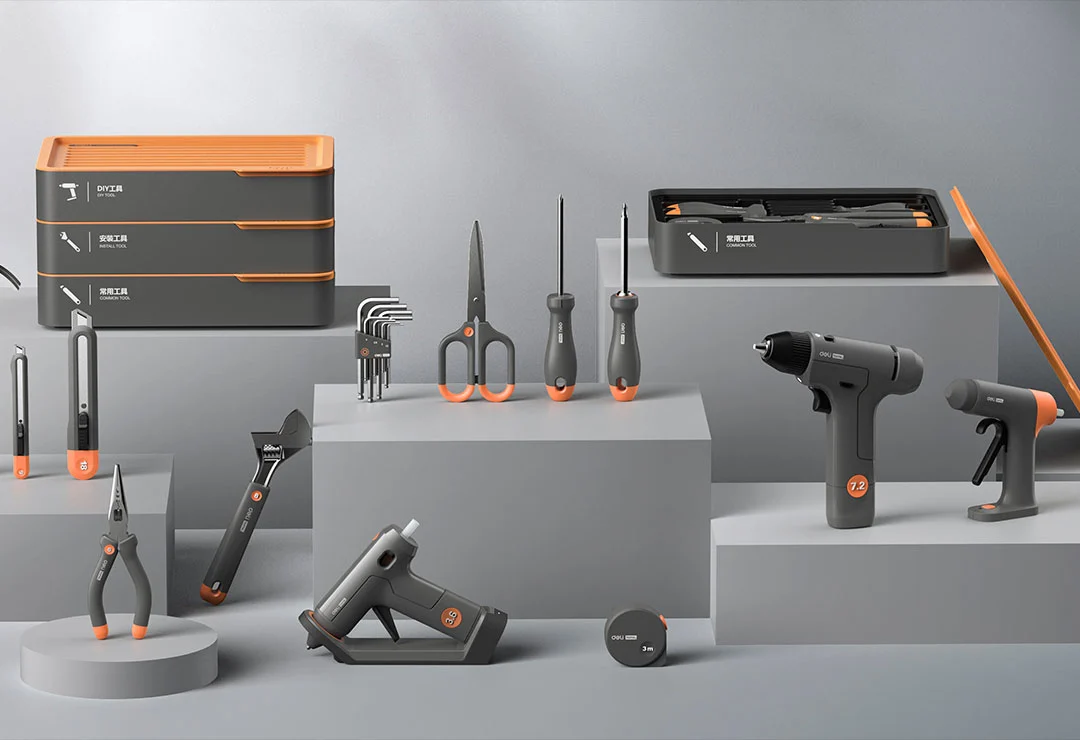
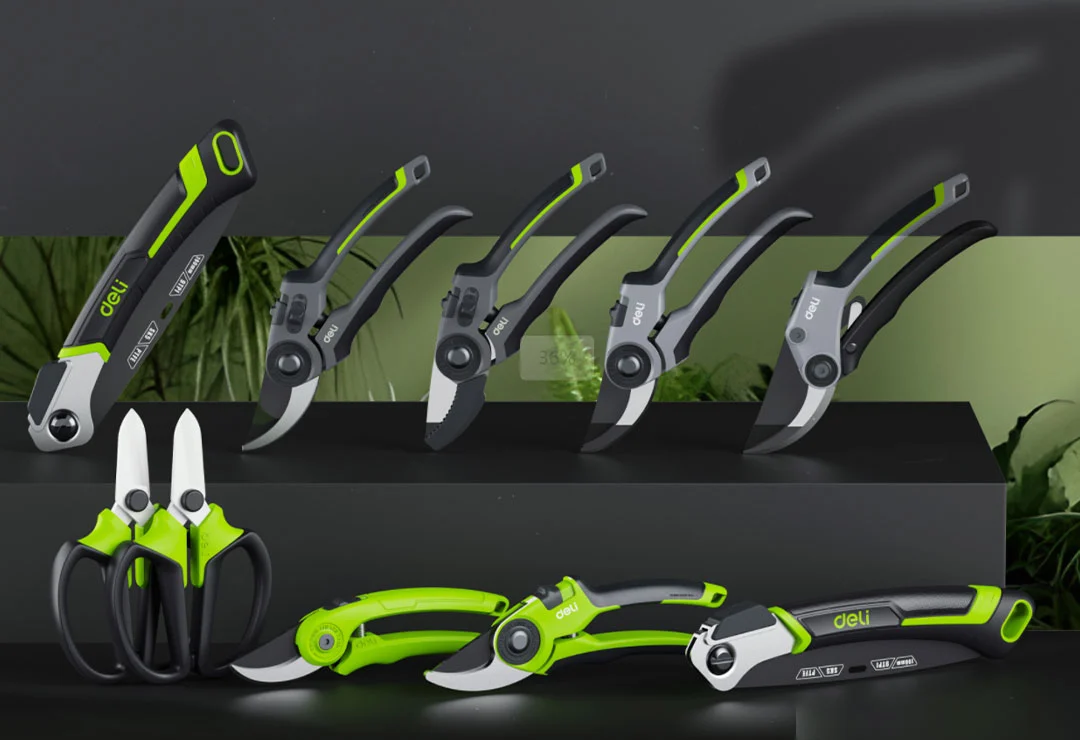
 EN
EN
 jp
jp  ko
ko  fr
fr  de
de  es
es  it
it  ru
ru  pt
pt  ar
ar  vi
vi  th
th  hi
hi  pl
pl  id
id  el
el 

